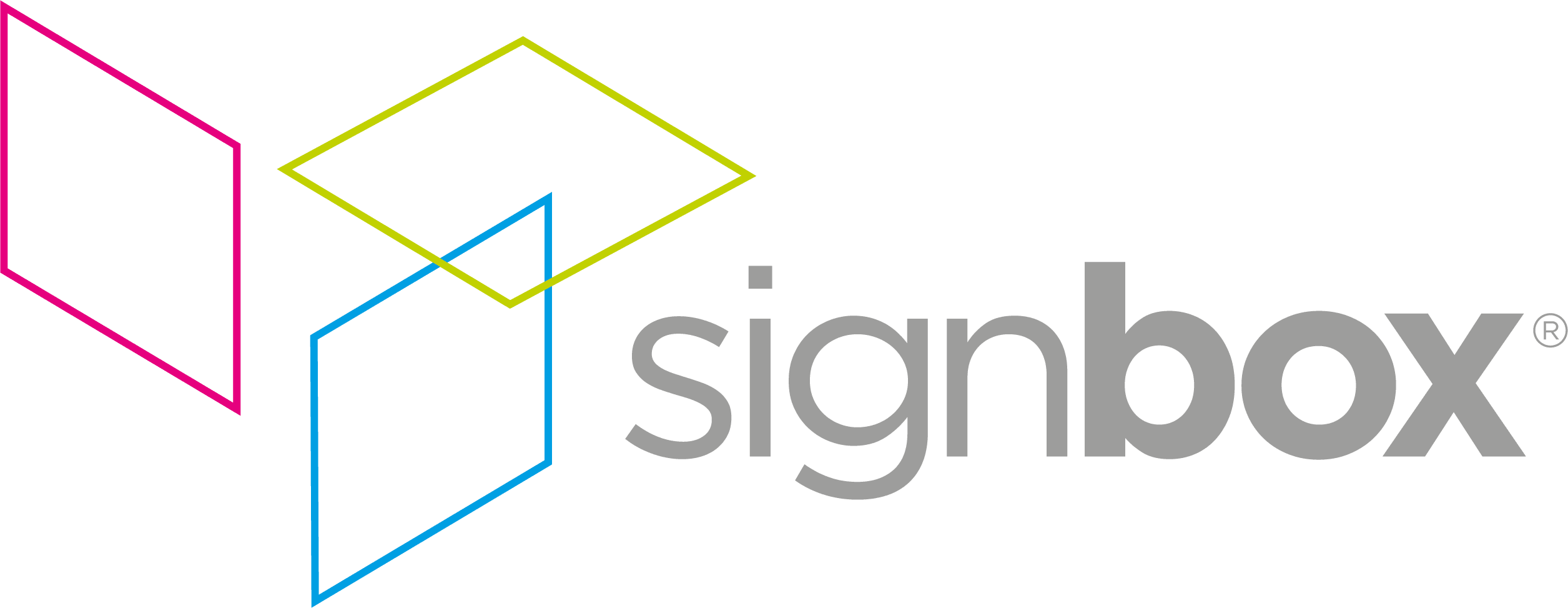The Signbox team discuss Braille signage and the importance of creating an inclusive workplace for the visually impaired.
Braille: are you doing enough to join the dots for your people?
Take a walk through an office, university, medical or other public building and take a closer look at the signage that’s on display inside and out. The chances are that you’ll be able to see – or feel the distinctive dots of a Braille sign.
Used by thousands of blind or visually impaired people around the world, Braille is a system of raised dots that are read with the fingers. It’s a code rather than a language and enables many nationalities, including Spanish, Arabic and Chinese to use it to read. In the UK alone, 12,000 people read Braille.
It’s crucial the needs of the visually impaired are considered by developers, designers and owners of buildings who have a responsibility to ensure their built environments are accessible to all, wherever it is practical and reasonable to do so. Companies and big brands talk a lot about the importance of inclusivity, which is great news and a huge step forward for those with disabilities. But the question remains: are we doing enough to embrace the needs of our visually impaired communities?
A brief history of Braille
The history of Braille goes back to the early 1800s when Charles Barbier, who was serving in Napoleon Bonaparte’s French army, developed a unique system known as ‘night writing’ to help soldiers communicate safely during the night. Barbier’s system comprised of a raised 12-dot cell, two dots wide and six dots tall. Each dot or combination of dots within the cell represented a letter or a phonetic sound.
Louis Braille was born in the village of Coupvray in France on January 4, 1809. Having lost his sight at a very young age, when he turned 11, he was inspired to modify Barbier’s night writing code to devise a communication system for other blind people. He spent the next nine years developing and refining the system of raised dots that has come to be known by his name, Braille.
Braille symbols comprise cells containing six raised dots. These dots are arranged in two parallel vertical columns of three dots, much like the number six on a dice. There are 63 combinations of dots, which use one or more of the six Braille cell dots. A single Braille cell can represent a letter, number, punctuation, part of a word or even an entire word.
More on Equality Compliant signs
The UK Association of Accessible Formats (UKAAF) is the organisation responsible for Braille code regulation in the UK. In 2011, the UKAAF board voted to adopt the Unified English Braille (UEB) code. There followed a four-year period of transition until 2015 when UEB replaced the older code, Standard English Braille (SEB), as the official Braille code of the UK.
The 2010 Equality Act replaced the Disability Discrimination Acts 1995 and 2005 (DDA) with changes that include new provisions on direct discrimination, discrimination arising from disability, harassment and indirect discrimination. These legislations state that businesses and organisations must make ‘reasonable adjustments’, one of which is to provide large, well-defined Braille and tactile signs for visually impaired people.
The key characteristics of an Equality Act compliant sign include the use of a matte substrate to reduce glare and tactile lettering that should be raised by a minimum of 1.5mm and in a colour that has a clear contrast with its background to make it legible.
Braille signs are read close-up and should be positioned where they can easily be touched; the ideal height to position a Braille sign is between 1600mm and 1300mm above the finished floor level. Braille signage should be positioned directly below the raised letters with a raised semi-circle positioned at the left-hand edge of the sign to denote the start of braille characters.
According to the Equality and Human Rights Commission: ‘An employer makes structural or other physical changes…or provides appropriate contrast in decor to help the safe mobility of a visually impaired person.’
The question is: are you doing your bit when it comes to Braille signage?
The good news is, we can help. Signbox has a state-of-the-art Braille manufacturing tool that enables us to design and make any signage that requires Braille within our factory onto materials such as plastic, wood, and metal.
We can offer Braille signage and wayfinding signs, designed and manufactured to your exact requirements from a one-off sign to an entire branded collection. Braille signage is perfect for use in every area of sign display, from retail environments to workplaces, schools, universities and more.
The Signbox Braille tool allows us to insert small spheres into signs to create highly durable and hardwearing Braille signage. Braille can be added to any signage design and is particularly useful for wayfinding signs, such as those for washrooms, building directories and lift lobby signs.
Please get in touch with our expert team if you’d like help designing and manufacturing Equality Compliant Braille signage and ensure that your company is inclusive and welcoming to all who work in and visit your buildings. You can reach us at sales@signbox.co.uk


